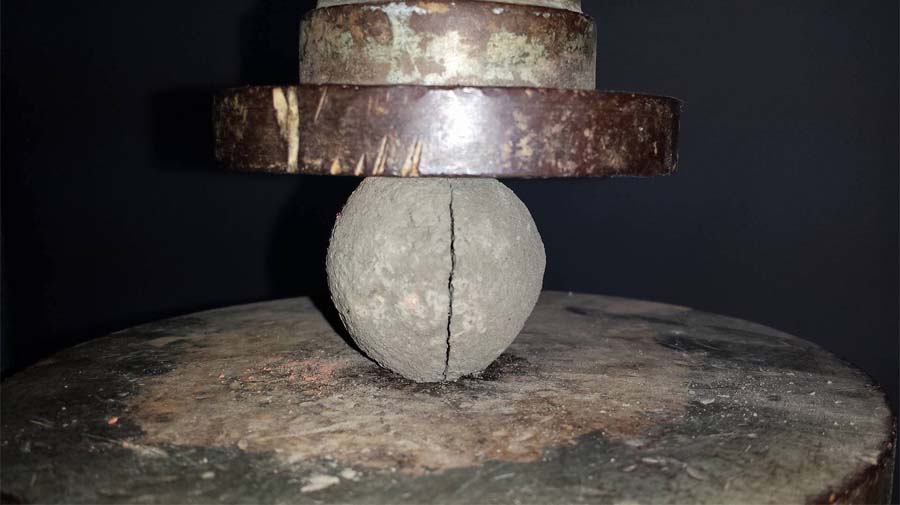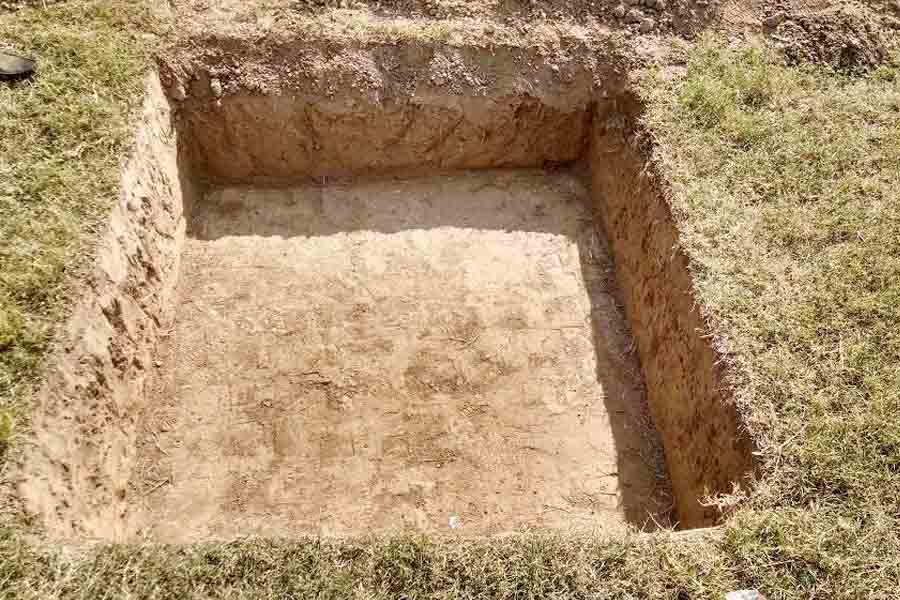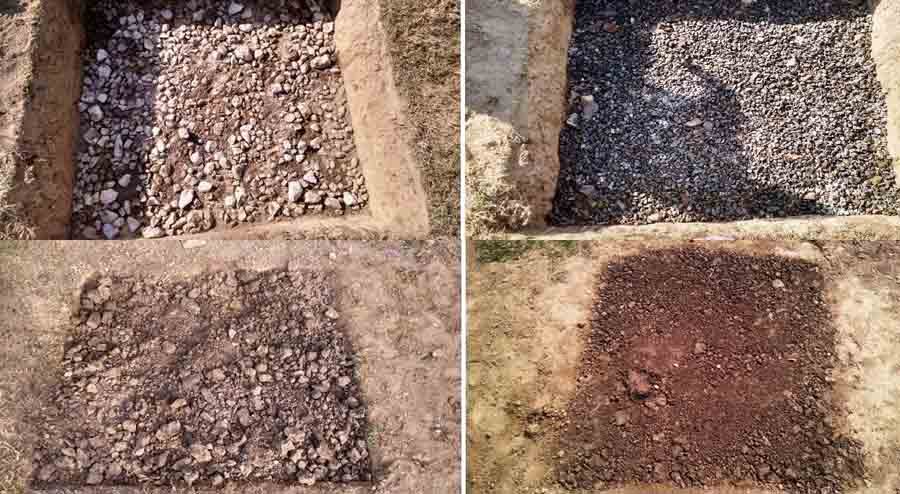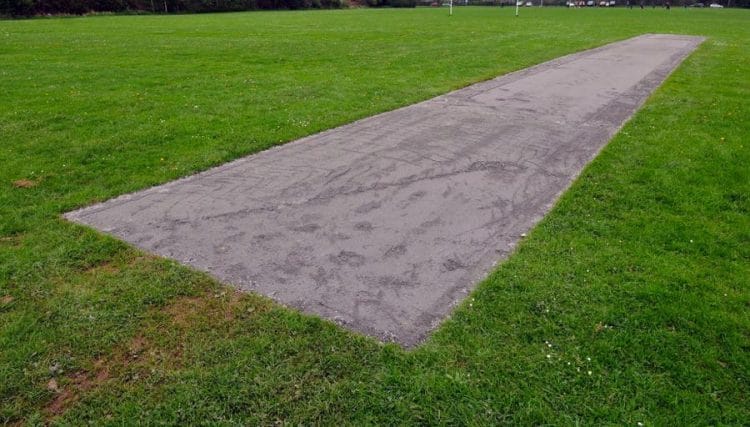Cricket is one of the most popular sports in South Asia. It has more than 2 billion fans around the globe, and the fan club includes every age group. People stick to their seats to watch a cricket match, especially in Pakistan. There are three recognized formats of cricket; Twenty 20 format is gaining popularity among the masses with each passing day mainly because the T20 match is full of thrill and excitement attributed to the continuous wave of sixes and fours and the fall of wickets after short intervals.
The Cricket pitch plays a dominating role in deciding the fate of any match. If the pitch is dead and slow, it will supersede the celebrations and excitement of the audience with boredom for it slows down the tempo of the game. On the other hand, a fast and bouncy pitch would provoke the fans to cheer and rejoice in the game because of the fast move.
But it is a stark fact that cricket pitches in the subcontinent region are dead and slow compared to the pitches in Australia and New Zealand. Pakistan’s batsmen who are accustomed to playing on slow pitches in their country sometimes feel challenged playing on fast pitches of other countries.
Being a fan of Cricket and a student of the Civil Engineering Department of UET Lahore, I with three other fellows, M. Hamza, M. Hamid, and Tanveer Ahmad, decided to research on improving geotechnical properties of cricket pitches under the supervision of Mr. Ehtesham Mehmood.
The soil is one of the components of cricket pitch that comes directly in contact with the ball, roller, and atmosphere so it is evident that soil is the most important and prominent constituent of any cricket pitch and can affect its performance as well. Improving properties of soil technically can enhance its performance.
After much scrutiny and comparison of different soils from different regions, it became clear that soil from the Nandipur region is best to use in a cricket pitch because it is endowed with all desired qualities that are necessary such as high clay content, hardness upon drying, and appealing appearance after finishing. Nandipur’s soil is also known as ‘The Black Soil” for its black color. Preliminary investigations referred to Nandipur soil as a strong candidate because this soil is rich in clay content which is the main factor that yields hardness to the pitch, and consequently produce, fast speed and bounce.
Test to Check the Strength of Soil

The soil was tested on different fronts as air-dried soil was passed through a 5mm screen (assuring any organic debris was removed) was taken and then moistened to convert to a plastic state. After rolling into a cylindrical shape of approximately 20mm (3/4 inch) diameter, the sample was cut into 25mm (1 inch) lengths and rolled carefully into smooth spherical balls of approximately 25mm diameter. Six most evenly shaped balls were retained and dried at room temperature for four days. After drying, the balls were placed between 2 firms, flat surfaces, and pressed down and the weight at which balls broke was noted down, and the average weight was 85kg.
Segregation of Soil
The result satiated the strength requirement of the Nandipur clay. Another test was also performed by making a ball of soil sample after moistening and putting it in a glass of water. As a result, the soil did not segregate into layers and contents which proved that it was good to use it for the pitch.
Excavation of soil for preparing sample cricket pitches
Then after preliminary investigations and tests, a site for 2 sample pitches of size 5 x 5 ft were selected in the UET stadium. The depth of excavation was 14 inches According to Pakistan Cricket Board’s (PCB) recommendations.

After excavation sand, gravels, and crush of thickness 2’’, 4’’, and 2’’ respectively were laid following Pakistan Cricket Board (PCB) standards. Then on the top of these, layers of soil had to be placed. A layer of topsoil must be 6 inches after compaction. Therefore first 9’’ deep layer was placed to achieve the depth of 6 inches after compaction. The topsoil could not be laid in different layers because layering would render the pitch dead owing to disconnections between the soil layer.
The utilization of Clay and Silt in Different Proportions to make the top layer
It was discussed earlier that soil that comes directly in contact with a cricket ball and atmosphere has a vital role in the performance of any pitch. Clay is a material that becomes very hard upon drying, and it does not remain passive and becomes alive when the ball strikes it. Antagonizing clay there is also a material called “Silt” that is also present in every soil, but it does not yield hardness and activeness to pitch.
So, different proportions of clay and silt were used in the top-dressing soil of both pitches. In the first pitch, 100% clay and no silt were laid down in top dressing soil. But in the second pitch, 50% clay and 50% silt were used.
After constructing pitches, rollers were used to roll down and compact the pitches. Rollers not only compact the pitch but also let the moisture leave the pitch by coming out on the surface after compaction. Medium and heavy rollers of weight 508 kg and 1014 kg respectively were utilized for compaction. The purpose of these rollers was also to deal with the issue of cracking.
Addition of Moisture to Pitches

Moisture was added carefully in the pitches because more moisture could make a pitch soft and vulnerable to deterioration. And the right amount of moisture after checking the normal moisture content of the soil in the laboratory to mitigate cracks and abet in compaction was added to the pitches.
Final Test to Check Performance of Pitches
To check which pitch and clay/silt content produced fast speed and more bounce, tests were performed.
In the bounce test, a ball was dropped from 6 feet height on both pitches following a standard and the bounces on both pitches were noted down. In the case of the first pitch having 100% clay and no silt, the bounce came out to be 2.3 feet. The second pitch with 50% clay and 50% silt content showed a bounce of 1.8 feet.
The pace test was not easy to conduct for not having speed gun or speed measuring instruments but after myriads of careful observations and making videos and processing it on the computer, it indicated that pace in the case of pitch composed of 100% clay content is more than the pitch consisted of 50% clay and 50% silt.
Both these tests were indicative of the fact that pitch’s behavior primarily depends on the clay/silt content. It was clear that bounce and speed were enhanced with an increase in clay content. And silt content abridged the performance of the pitch.
The environment and weather of the region would also cause certain effects on the behavior of the pitch but taking preventive measures like covering the pitch when the pitch is idle, or no activity or match is going on, can decrease the exposure of pitch to the environment leading to fewer effects.
Keeping in view the emotional and financial investment of the people of Pakistan in this game more researches needs to be done so that the players can be better equipped when they are not playing on home ground. One of the factors behind the amazing performances of teams like Australia and New Zealand on different grounds is that their governments invest in the training and equipment of the team. If the government of Pakistan is interested in uplifting cricket, there are obvious steps that need to be taken.




